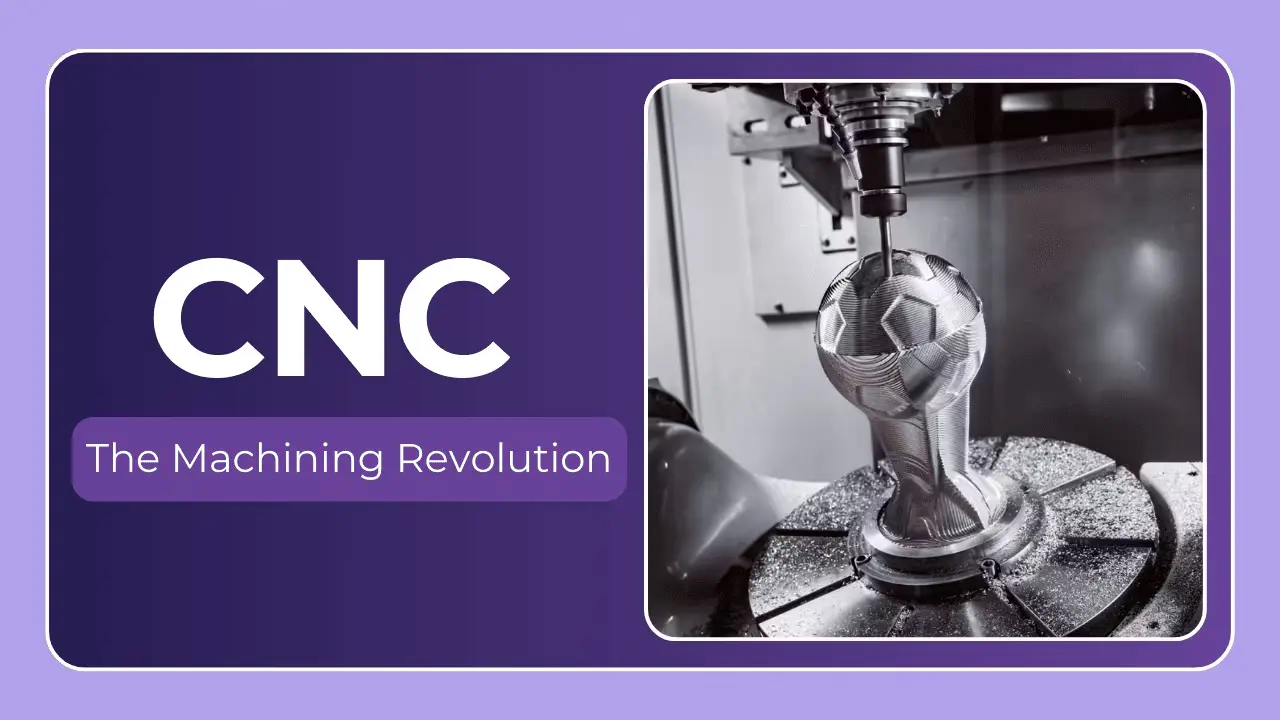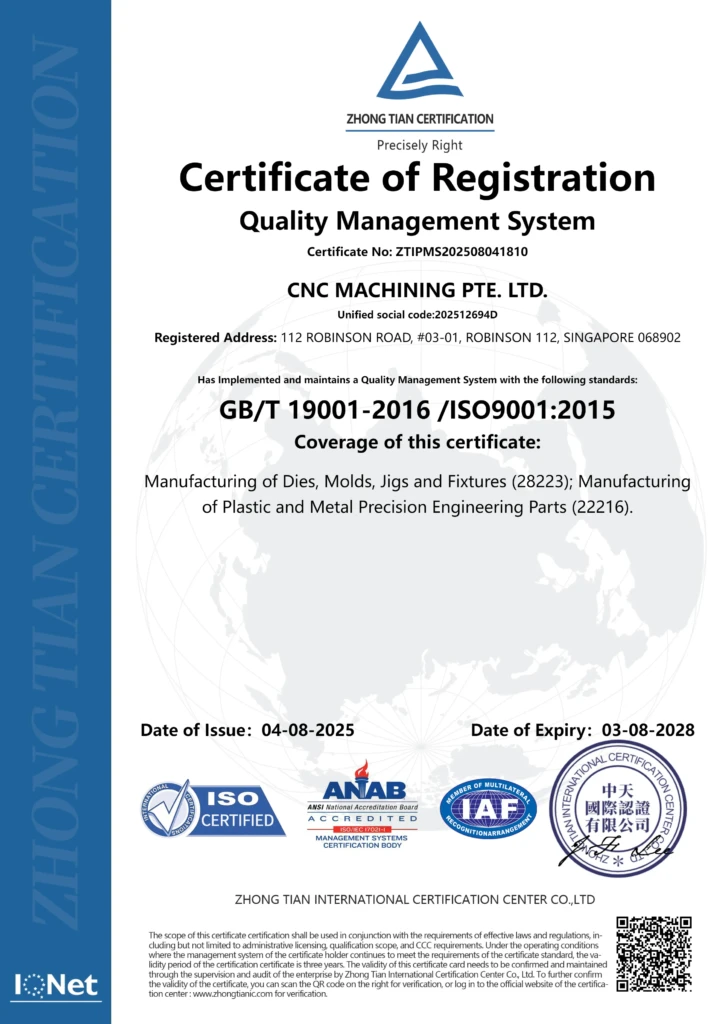Building Better: A Deep Dive into 3D Printing vs. CNC Machining
The world of manufacturing is constantly evolving, with new technologies vying for dominance. Two of the most prominent methods currently – and often pitted against each other – are 3D printing (also known as additive manufacturing) and CNC machining (computer numerical control machining). Both create parts with impressive precision, but they do so in fundamentally different ways. Choosing the right process for your project isn’t just about cost; it’s about understanding the strengths and weaknesses of each, and how they apply to your specific needs.
This article will break down the nuances of 3D printing and CNC machining, covering materials, applications, cost, speed, precision, strengths, weaknesses and, ultimately, help you determine which technology is the better fit for your next project. We’ll explore beyond surface-level comparisons, offering a genuinely in-depth look at these powerful techniques.
Understanding the Fundamentals
Let’s start with the basics. The core difference lies in how the parts are created:
- 3D Printing (Additive Manufacturing): Builds parts layer by layer from a digital design. Material is successively added, hence the term ‘additive’. Imagine building a structure with LEGOs – you add blocks one at a time until the whole form takes shape. Various 3D printing technologies exist, including Fused Deposition Modeling (FDM), Stereolithography (SLA), Selective Laser Sintering (SLS), and Direct Metal Laser Sintering (DMLS).
- CNC Machining (Subtractive Manufacturing): Starts with a solid block of material and removes portions with a cutting tool, guided by computer programs. This is a ‘subtractive’ process – material is taken away to create the desired shape. Think of sculpting – you begin with a block of clay and carve away everything that isn’t part of the final form. Common CNC machining processes include milling, turning, drilling, and grinding.
A Detailed Comparison: Key Factors
Let’s compare these processes across several critical parameters.
| Feature | 3D Printing | CNC Machining |
|---|---|---|
| Materials | Plastics (PLA, ABS, Nylon, PETG), Resins, Metals (Stainless Steel, Aluminum, Titanium – often with specific technologies like DMLS), Composites | Wide Range – Aluminum, Steel, Stainless Steel, Brass, Copper, Titanium, Plastics (ABS, Acrylic, Delrin, Polycarbonate), Wood |
| Complexity | Excellent for highly complex geometries, internal features, and intricate designs. Can create parts impossible to make with traditional methods. | Best suited for simpler geometries. Internal features are possible, but require more complex setup and tooling. Undercuts can be challenging. |
| Precision & Tolerance | Generally lower precision than CNC machining, although improving with advanced technologies and post-processing. Tolerances typically range from +/- 0.1mm to +/- 0.5mm. | High precision and tight tolerances. Tolerances can achieve +/- 0.001 inches (0.025mm) or even tighter with skilled programming and tooling. |
| Surface Finish | Often rough and requires post-processing (sanding, polishing, coating) for better aesthetics and functionality. Layer lines are often visible. | Typically produces a good surface finish directly, though polishing or coating can be applied for specific requirements. |
| Strength & Durability | Can be anisotropic (properties vary depending on direction) due to layered build process. Strength can be lower than CNC machined parts, depending on material and technology. | Parts typically exhibit high strength and durability, particularly metals. Material properties are consistent throughout. |
| Speed (Prototype to Production) | Faster for prototyping and low-volume production runs. | Can be slower for prototyping due to setup time, but ideally suited for high-volume production when optimized. |
| Cost (Tooling) | Minimal tooling costs. The primary cost is the material and build time. | Significant tooling costs associated with cutting tools, fixtures, and programming. However, this cost is amortized over larger production runs. |
| Cost (Per Part) | Lower cost for small batch sizes and prototypes. Cost per part increases with volume. | Higher cost per part for small batch sizes. Cost per part decreases substantially with volume. |
| Waste | Minimal material waste. Unused powder (in SLS/DMLS) can often be recycled. | Significant material waste in the form of chips and shavings. |
| Scalability | Scaling can be limited by machine size and build time. Increasing production requires adding more machines. | Highly scalable for mass production. CNC machines are designed for continuous operation. |
Diving Deeper into Specific Applications
To put these comparisons into perspective, let’s look at how each technology excels in specific applications:
-
3D Printing – Ideal For:
- Prototyping: Rapidly create and iterate on designs. The speed of 3D printing allows for quick feedback and modifications.
- Low-Volume Production: Creating small batches of customized parts.
- Complex Geometries: Parts with intricate internal structures, lattice patterns, or organic shapes. Examples include customized medical implants, lightweight aerospace components, and unique architectural models.
- Customization: Producing uniquely tailored products for individual customers.
- Tooling and Fixtures: Creating custom jigs, fixtures, and molds for other manufacturing processes, even CNC machining itself.
- CNC Machining – Ideal For:
- High-Volume Production: Mass-producing parts with consistent quality and repeatability.
- High-Strength Parts: Components requiring maximum durability and reliability, such as gears, engine parts, and structural components.
- Tight Tolerances: Applications demanding precise dimensions and fit, like precision instruments, aerospace components, and medical devices.
- Specific Material Properties: Projects requiring materials with specific mechanical properties that are difficult or impossible to achieve with 3D printing.
- Functional Prototypes: Prototypes needing to accurately replicate the final product’s material and performance characteristics.
Beyond Cost: Considering the Total Picture
While cost is a significant factor, it shouldn’t be the sole determinant. Consider these additional factors:
- Lead Time: 3D printing generally has a faster turnaround for prototypes, while CNC machining excels in consistent, repeatable production.
- Design Constraints: 3D printing allows for design freedom unattainable with CNC machining, but CNC machining provides superior surface finish and mechanical properties.
- Post-Processing: Factor in the time and cost for post-processing steps like support removal, sanding, polishing, and painting.
- Material Selection: Ensure the chosen material is compatible with the manufacturing process and meets the required performance characteristics.
The Rise of Hybrid Approaches
Interestingly, the lines between 3D printing and CNC machining are beginning to blur. Hybrid manufacturing processes are emerging, combining the strengths of both technologies. For example:
- 3D Printing + CNC Machining: 3D printing can create a near-net-shape part, which is then precisely finished using CNC machining to achieve tight tolerances and a superior surface finish. This is particularly useful for complex, high-performance components.
- CNC-Machined Molds for 3D Printing: CNC machining can create highly precise molds for resin 3D printing, enabling higher resolution and accuracy.
Conclusion: Choosing the Right Tool for the Job
There’s no universally "better" technology. The optimal choice between 3D printing and CNC machining depends entirely on the specific requirements of your project.
- Need rapid prototypes, complex designs, or low-volume customized parts? 3D printing is likely the way to go.
- Need high-volume production, high strength, tight tolerances, and specific material properties? CNC machining is the preferred choice.
Increasingly, a hybrid approach offering the best of both worlds is becoming more prevalent and cost-effective. Understanding the strengths and weaknesses of each process, along with the emerging hybrid solutions, is crucial for making informed decisions and achieving optimal manufacturing outcomes.
For those seeking reliable and precise metal part manufacturing solutions, especially in a fast-paced environment, partnering with a professional CNC machining service like CNC MACHINING PTE. LTD in Singapore can be highly beneficial. Their five-axis CNC machining capabilities and comprehensive post-processing services ensure high-quality, customized parts delivered efficiently and affordably. Don’t hesitate to explore your options and choose the manufacturing process that best aligns with your project’s unique needs.




